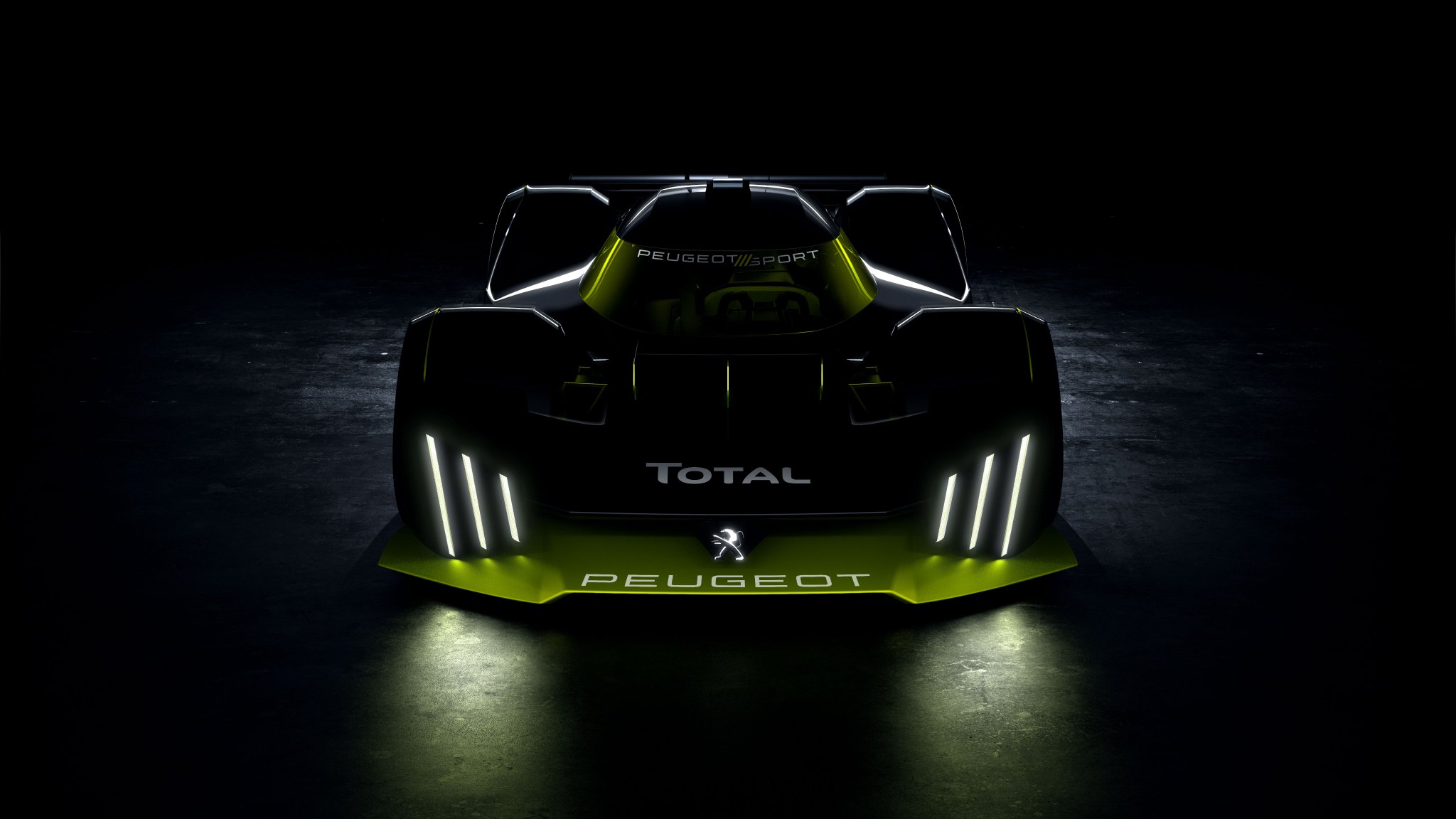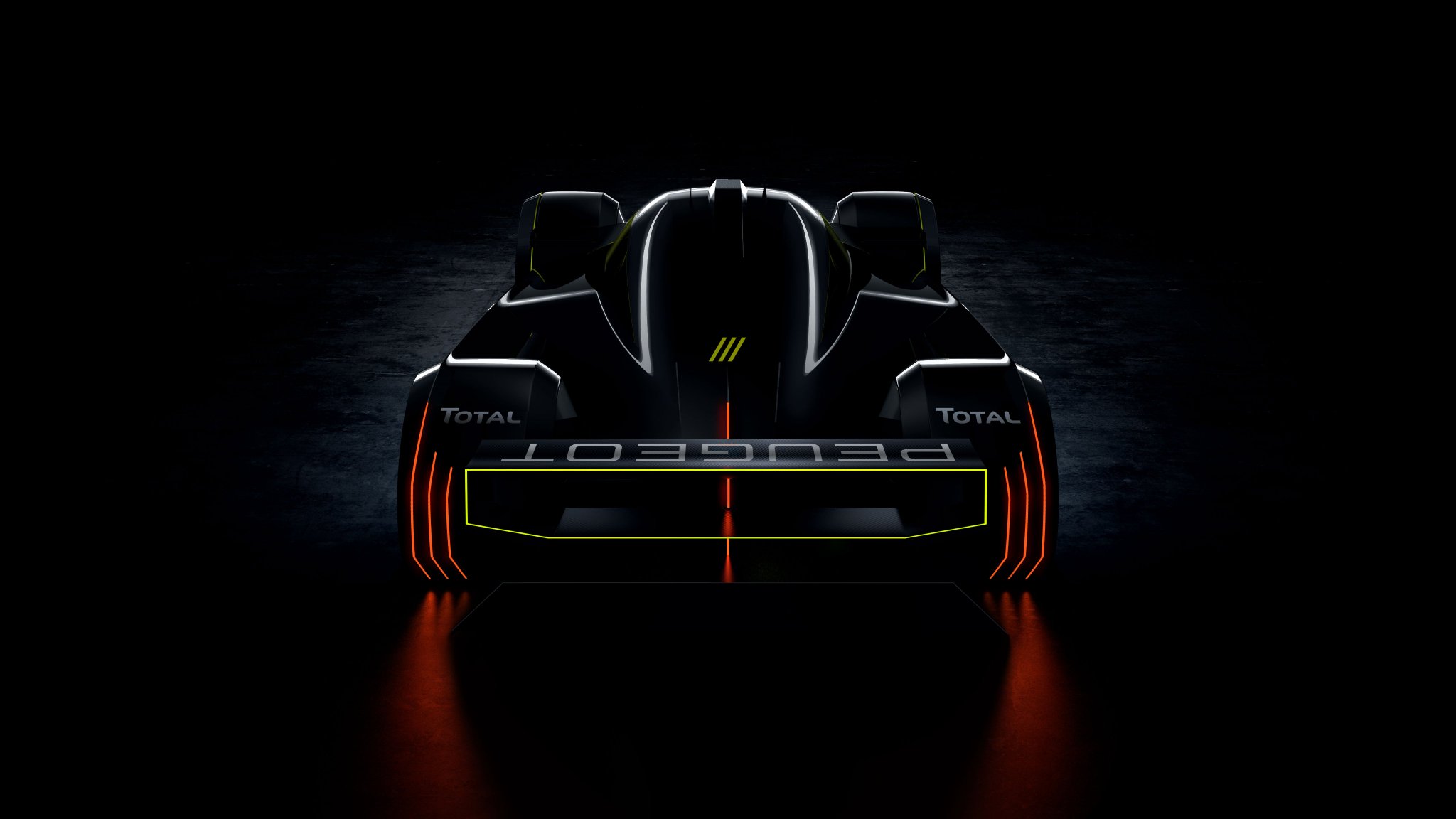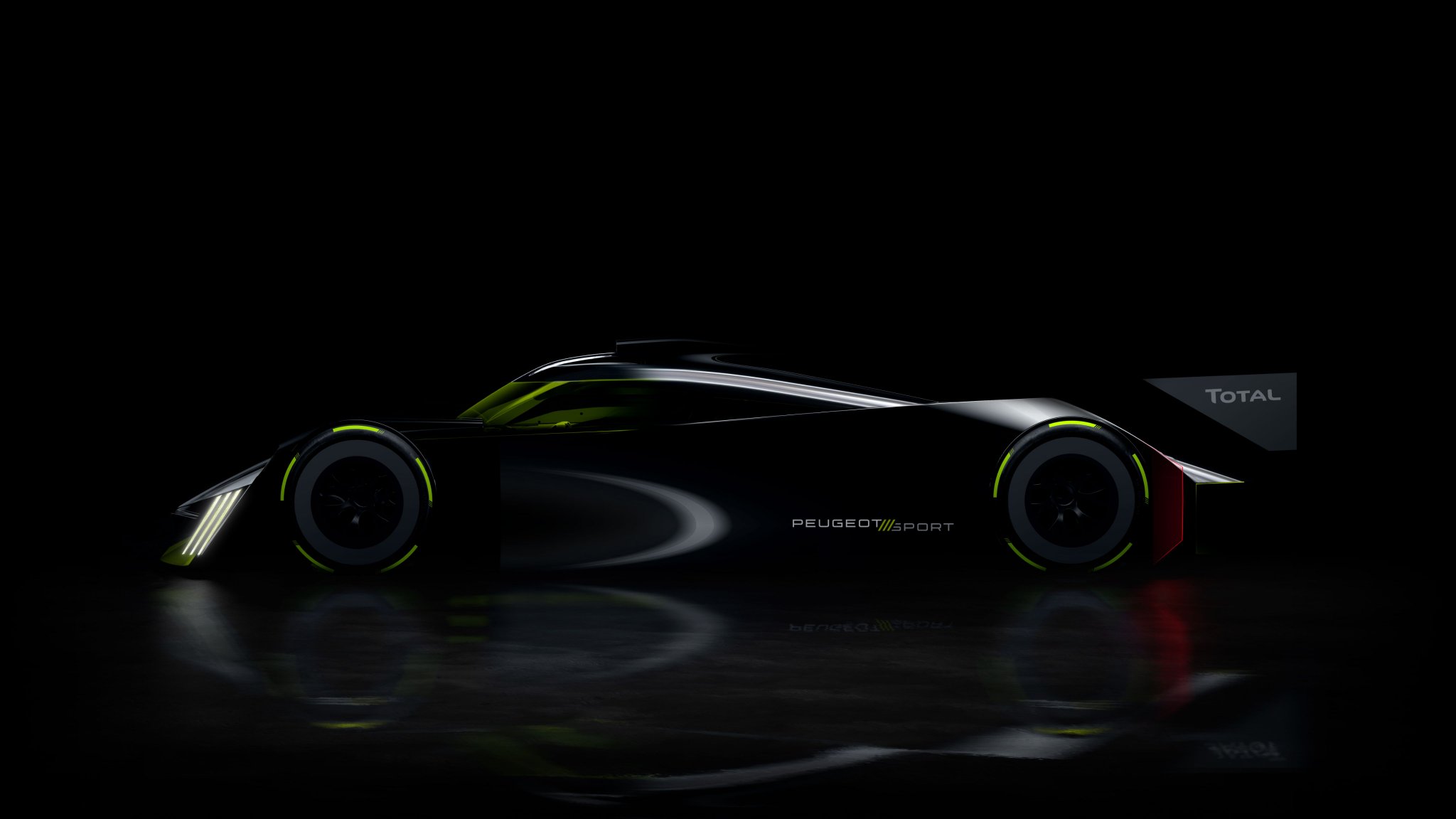Glickenhaus also still exists.
ByKolles also are still claiming they will have something, but they are not a serious competitor.
Glickenhaus also still exists.

5.6.4 A torque monitoring system will run on the FIA/ACO logger to ensure the legality of the PU torque control, according to Appendix 5. The FIA/ACO torque monitoring system is only checking the output of the PU compared to the driver demand. It is not controlling any actuators on the car, it is only monitoring the legality of the competitor control system.
LMH can run on bespoke chassis, while LMDh cars have to be based on one of four LMP2 chassis (Oreca, Dallara, Ligier, Riley-Multimatic).
So there will be a sensor that directly measure the PU torque output? Is there any info available about how it works and its accuracy?wb92 wrote: ↑02 Aug 2020, 22:035.6.4 A torque monitoring system will run on the FIA/ACO logger to ensure the legality of the PU torque control, according to Appendix 5. The FIA/ACO torque monitoring system is only checking the output of the PU compared to the driver demand. It is not controlling any actuators on the car, it is only monitoring the legality of the competitor control system.
That means yes.
When you speak about LMDh are you referring to what in the LMP HYC Technical Regulations is named Prototype as opposed to an Hypercar?
According to this article: https://the-race.com/formula-e/what-doe ... formula-e/
Exact rules for LMDh are not yet fully specified and they are not (and won't) be specified within LMP HYC Technical regulations. LMDh cars will run alongside LMH (according to some articles), yet no details published if it's going to be separate class or racing together under BoP (balance of performance) and what exactly will happen with current LMP2 class.Xwang wrote: ↑02 Aug 2020, 22:38When you speak about LMDh are you referring to what in the LMP HYC Technical Regulations is named Prototype as opposed to an Hypercar?
There it is said that a Le Mans Prototype Hypercar LMPH can be a prototype (namely a closed automobile designed solely for speed races on circuits or closed courses) or an Hypercar (defined as a closed automobile based on an hypercar modified to be able to compete in speed races on circuits or closed courses, being initially designed for road use an marketed by the manufacturer).
And I've not found any reference to LMDh or LMP2.
So, if I have understood correctly there will be two prototype "classes" (LMDh and LMPH-prototype) and a "class" derived from road car (LMPH-hypercar). Is it correct?wb92 wrote: ↑02 Aug 2020, 23:20According to this article: https://the-race.com/formula-e/what-doe ... formula-e/
It might be probably MagCanica torque sensor: http://www.magcanica.com/torque.html
Exact rules for LMDh are not yet fully specified and they are not (and won't) be specified within LMP HYC Technical regulations. LMDh cars will run alongside LMH (according to some articles), yet no details published if it's going to be separate class or racing together under BoP (balance of performance) and what exactly will happen with current LMP2 class.Xwang wrote: ↑02 Aug 2020, 22:38When you speak about LMDh are you referring to what in the LMP HYC Technical Regulations is named Prototype as opposed to an Hypercar?
There it is said that a Le Mans Prototype Hypercar LMPH can be a prototype (namely a closed automobile designed solely for speed races on circuits or closed courses) or an Hypercar (defined as a closed automobile based on an hypercar modified to be able to compete in speed races on circuits or closed courses, being initially designed for road use an marketed by the manufacturer).
And I've not found any reference to LMDh or LMP2.
Keep in mind that current generation of LMP1-HY, LMP1-P and LMP2 cars have separate Technical Regulations documents.
Nope. There will be LMDh (Le Mans Daytona hybrid (?)) and LMH (Le Mans Hypercar).
But in the LMH rules it is said that a Le Mans Prototype Hypercar LMPH can be a prototype (namely a closed automobile designed solely for speed races on circuits or closed courses) or an Hypercar (defined as a closed automobile based on an hypercar modified to be able to compete in speed races on circuits or closed courses, being initially designed for road use an marketed by the manufacturer).
yes, and both will be classified as LMH.Xwang wrote: ↑07 Aug 2020, 23:01But in the LMH rules it is said that a Le Mans Prototype Hypercar LMPH can be a prototype (namely a closed automobile designed solely for speed races on circuits or closed courses) or an Hypercar (defined as a closed automobile based on an hypercar modified to be able to compete in speed races on circuits or closed courses, being initially designed for road use an marketed by the manufacturer).


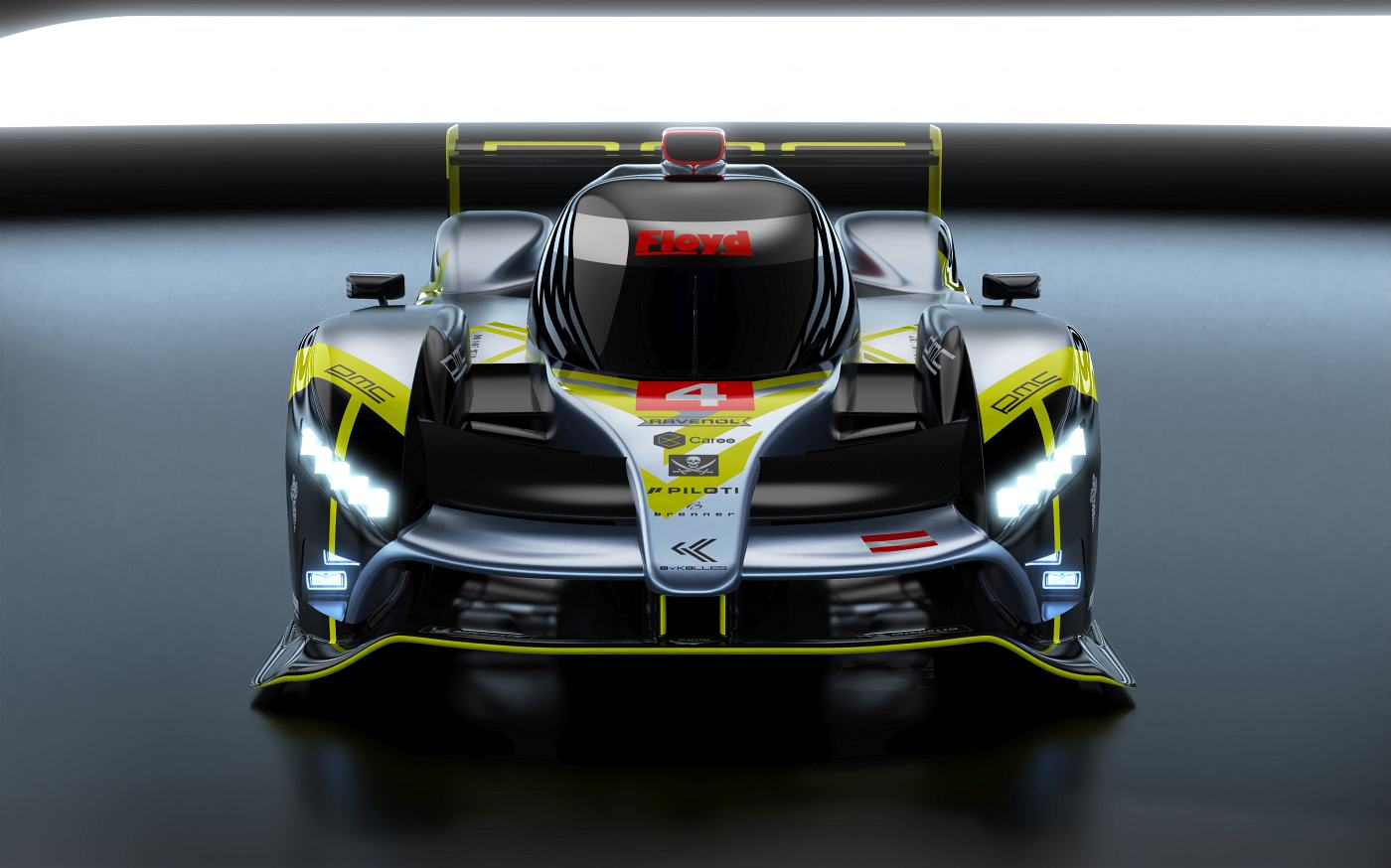
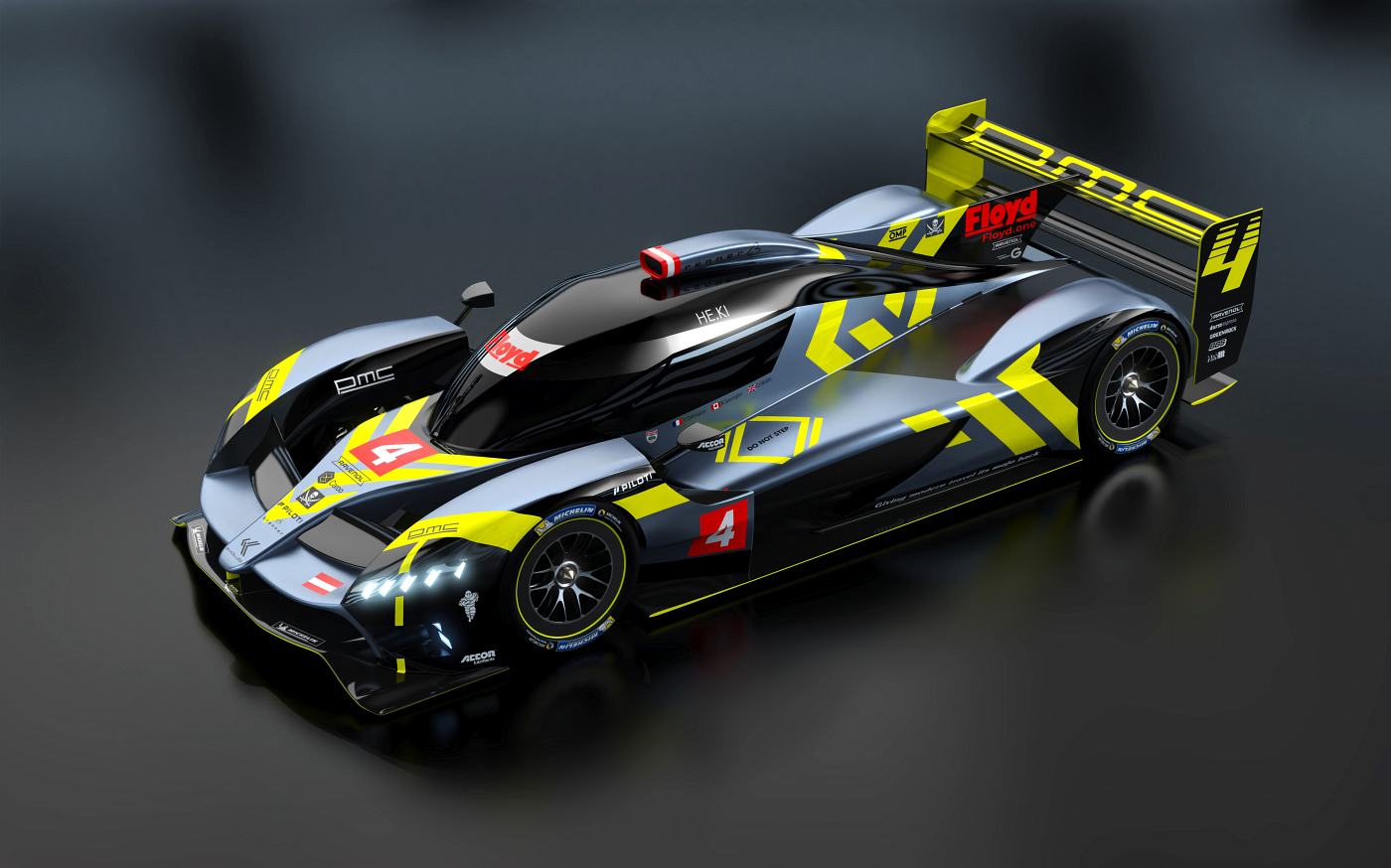

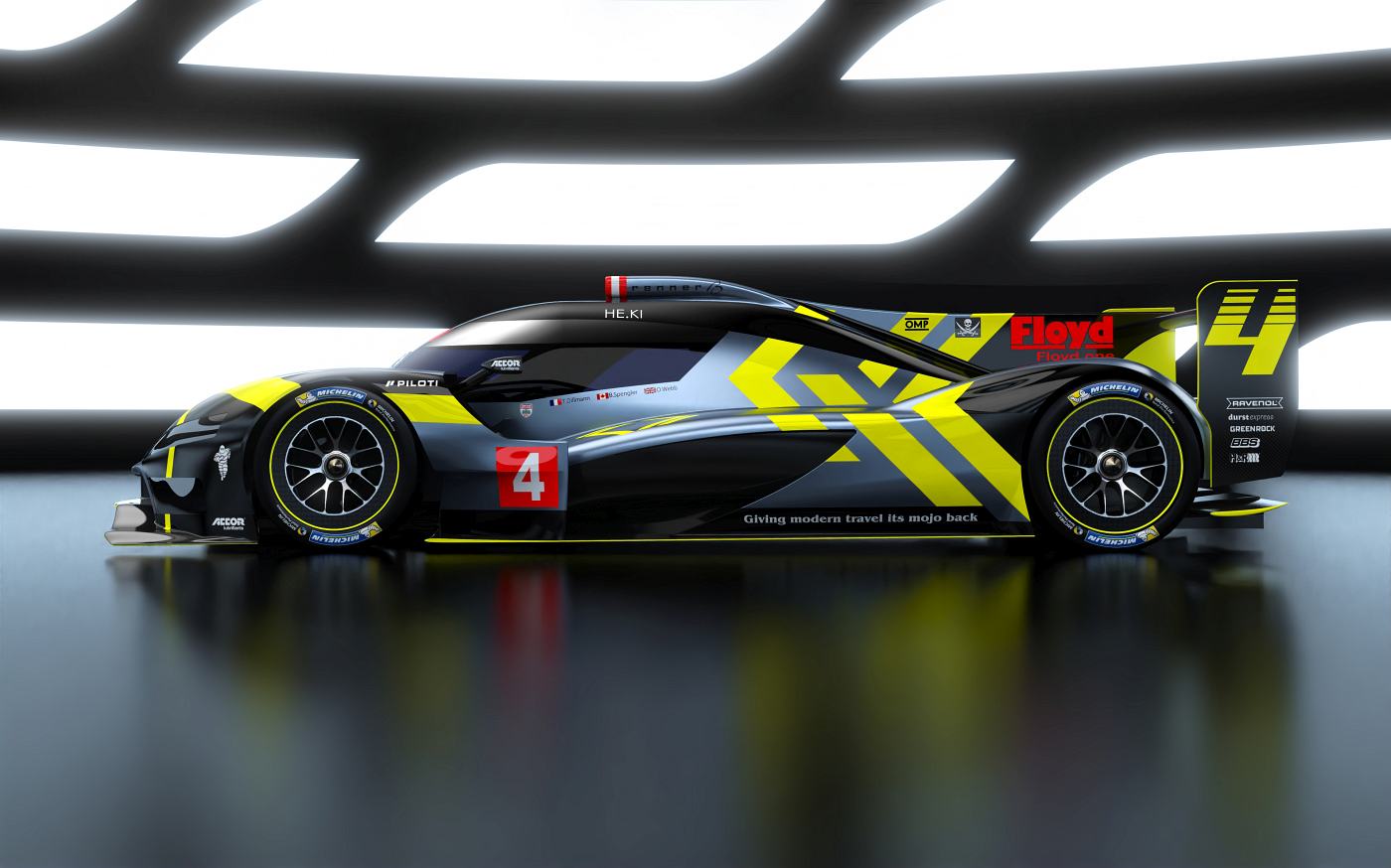
SourceThe three versions of the PMC Project LMH are:
•The LMH race version using a normally aspirated 700 hp V8 engine and weighing in race condition with ballast 1040 kg
•The LMH trackday version with a 650 hp V8 engine and weighing 950 kg
•The LMH road car will combine a hybrid system with an V8 engine with a total system power of approx. 1000 hp fitted to a chassis weighing approx.1000kg in order to meet the design target of 1 to 1 kg to hp. The engine will be mapped for bio fuel usage.

